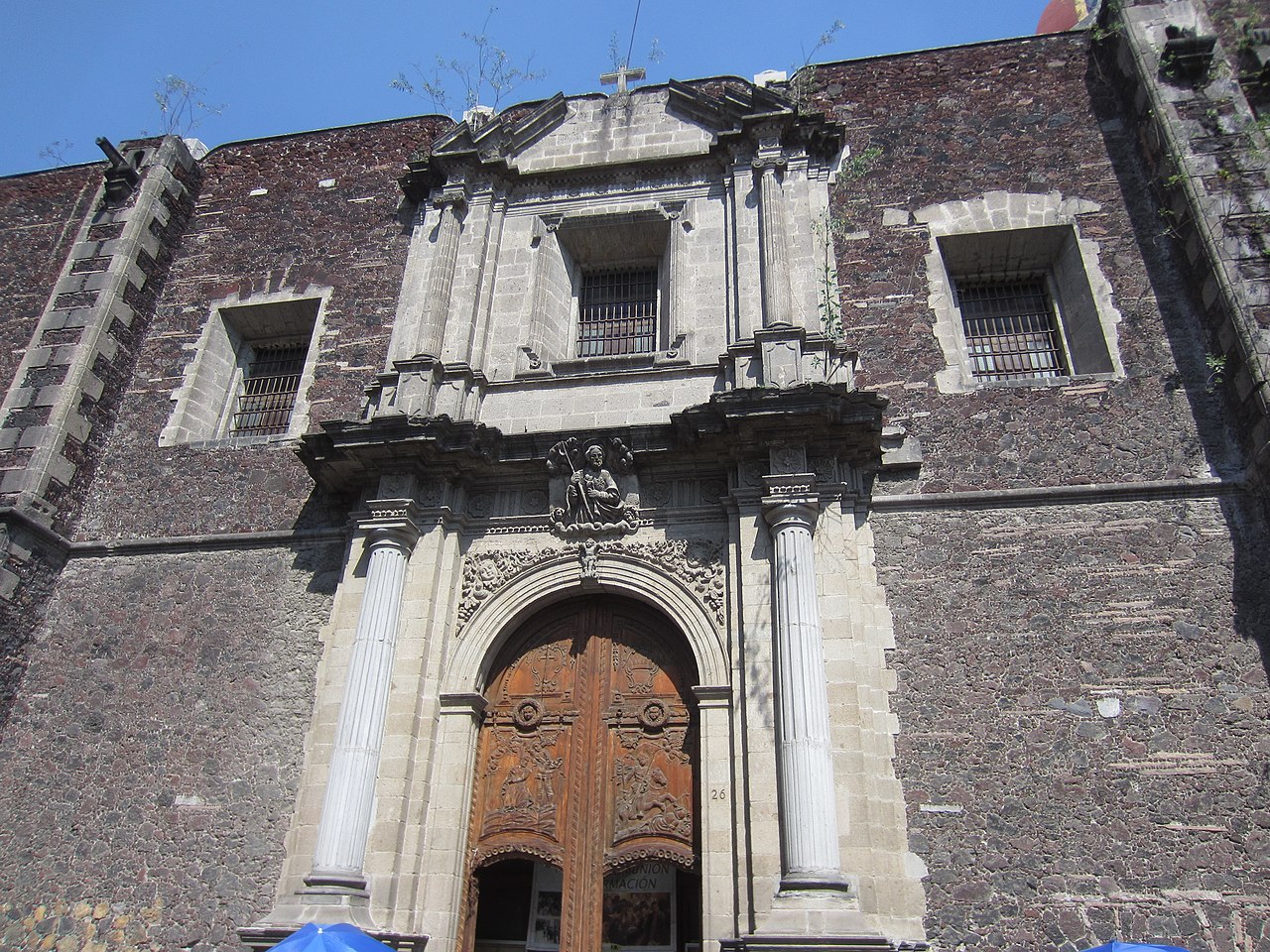
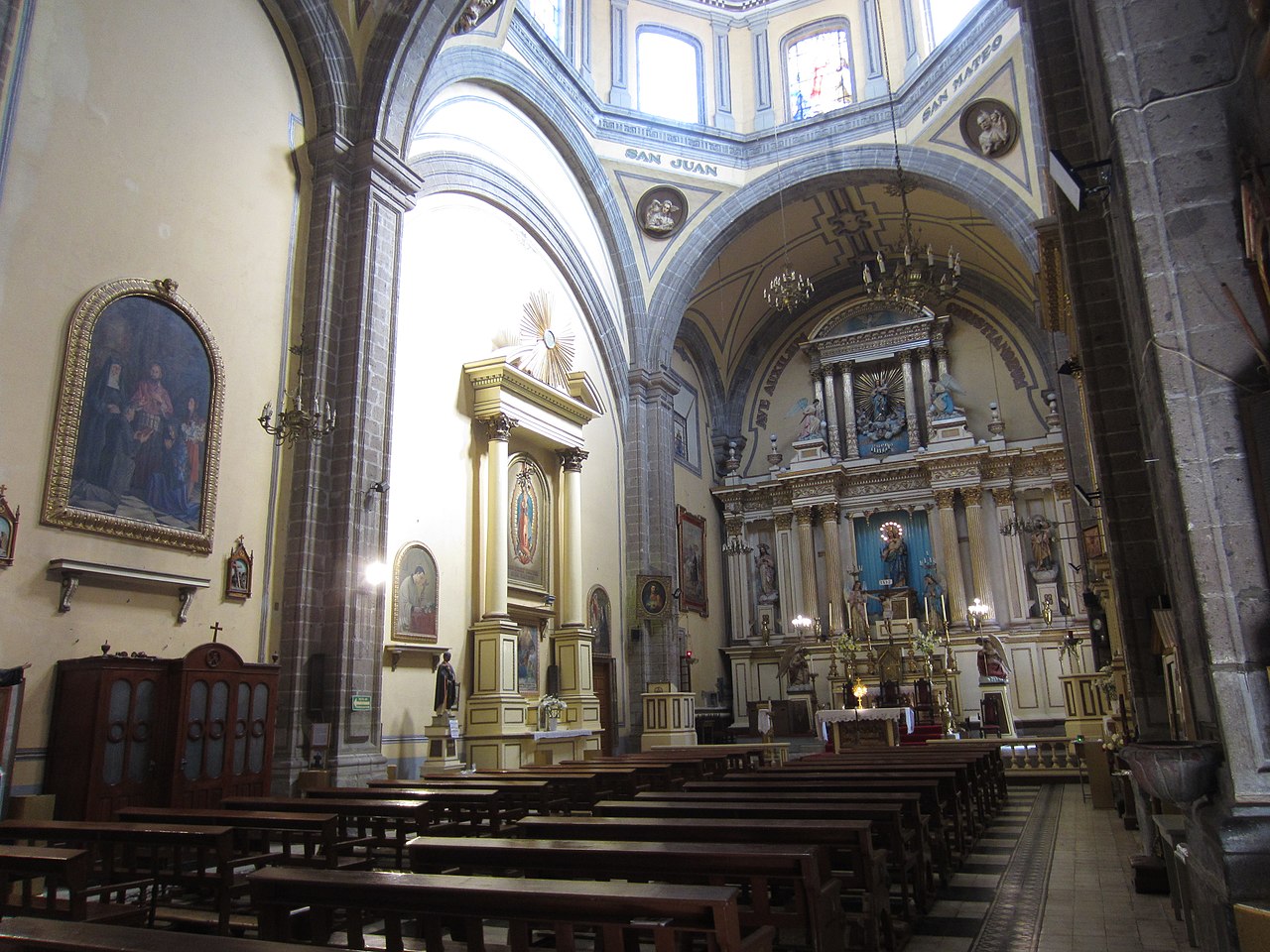

El Templo de Santa Inés es la antigua iglesia del Convento dedicado a la misma santa. El convento es hoy el Museo José Luis Cuervas , inmediatamente al norte de la iglesia, en la calle de la Academia. Las dos puertas de la iglesia en la calle Moneda indican que formaba parte de un convento femenino. El convento, fundado en 1600, sufrió una serie de tragedias, como inundaciones e incendios a lo largo del siglo XVII. El convento tenía aquí una iglesia o capilla más pequeña, pero el nuevo templo se construyó por etapas a lo largo de la segunda mitad del siglo XVIII.
Desde el punto de vista estilístico, el templo es importante porque marca la transición entre el antiguo estilo barroco y el neocolonial, que dominaría la mayor parte de la arquitectura religiosa durante más de 100 años. La Academia de Arte de San Carlos , que da nombre a la calle, abrió sus puertas en 1781. Uno de los principales motivos de su apertura fue imponer el estilo neoclásico en el Imperio español. La Academia presionó casi de inmediato a los constructores de esta iglesia para que el edificio cumpliera sus nuevas normas contrarreformistas. El arquitecto Francisco Guerrero y Torres fue contratado para reemplazar y construir sobre el templo construido unos cien años antes por Alonso Martínez López.
La iglesia sigue dedicada a Santa Inés de Roma. Su papel como una de las primeras mártires cristianas no se recuerda a menudo y, en realidad, es probable que esté oscurecido por las leyendas de la Iglesia primitiva. Nació en la nobleza romana en 291 d.C. y fue martirizada 12 o 13 años después, durante el reinado de Diocleciano. Es la patrona de la castidad y la pureza y, a menudo, de las jóvenes y las exploradoras. Muchas iglesias conmemoran su vida el 21 de enero.
La iglesia destaca por los relieves originales de las puertas exteriores tallados en madera y por la cúpula. Las puertas representan a Santa Inés de Roma y a Santiago Matamoros, es decir, Santiago el Matamoros. También hay representaciones de Diego Caballero e Inés de Velasco, que habían sido patronos del primitivo convento. Uno de los pintores más destacados de la época colonial, Miguel Cabrera, fue enterrado en la iglesia mucho antes de que se terminara el nuevo templo. Cabrera murió en 1768.
El Templo de Santa Inés fue reedificado en 1790, aunque la cúpula estaba inacabada. Siguió formando parte del convento hasta 1861, cuando la propiedad fue nacionalizada. Pasó algún tiempo como almacén de forrajes, pero finalmente se convirtió en iglesia parroquial. Hoy en día, es una parada importante en un viaje a algunas de las partes más profundas del Centro Histórico .
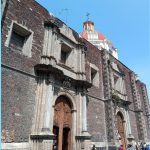 En las puertas de este hermoso templo se puede leer la historia del martirio de Santa Inés, el martirio de Santiago apóstol y el patrocinio de los Condes de la Cadena sobre la comunidad de monjas que habitaron el convento. El 17 de septiembre de 1600 ingresaron las primeras religiosas concepcionistas al convento de Santa Inés, patrocinadas por los Condes de la Cortina. Desde entonces mantuvieron el templo y el convento a todo lujo. La primera abadesa fue sor Catarina de San Juan.
El templo fue reedificado entre 1783 y 1790, decorado al estilo neoclásico por los maestros de la vecina Academia de San Carlos. En el altar de la cofradía de la Virgen de la Luz fueron enterrados Miguel Cabrera y José de Ibarra, excelsos pintores del barroco novohispano. Todavía se puede admirar en el muro sobre la calle de Academia, el nicho con la estampa de Santa Inés.
En las puertas de este hermoso templo se puede leer la historia del martirio de Santa Inés, el martirio de Santiago apóstol y el patrocinio de los Condes de la Cadena sobre la comunidad de monjas que habitaron el convento. El 17 de septiembre de 1600 ingresaron las primeras religiosas concepcionistas al convento de Santa Inés, patrocinadas por los Condes de la Cortina. Desde entonces mantuvieron el templo y el convento a todo lujo. La primera abadesa fue sor Catarina de San Juan.
El templo fue reedificado entre 1783 y 1790, decorado al estilo neoclásico por los maestros de la vecina Academia de San Carlos. En el altar de la cofradía de la Virgen de la Luz fueron enterrados Miguel Cabrera y José de Ibarra, excelsos pintores del barroco novohispano. Todavía se puede admirar en el muro sobre la calle de Academia, el nicho con la estampa de Santa Inés.
Ruta del Corazón de México: Ruta Moneda-Santísima
< < Palacio de la Autonomía Universitaria | Museo José Luis Cuevas > >
Proyecto “Corredor de Cultura Digital”.
Nombre de la investigación: Investigación Centro Histórico, Monumentos, Edificios y Puntos de Interés (2023)
Dirección de investigación y diseño de Rutas: Acércate al Centro A.C. Guadalupe Gómez Collada
Coordinación e investigación histórica: Fideicomiso del Centro histórico Dir. Maestra Loredana Montes
 +525555224561
+525555224561
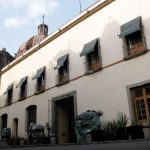
Cercano a 0.03 kms.
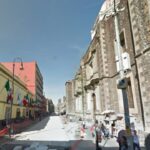
Cercano a 0.04 kms.
Cercano a 0.06 kms.
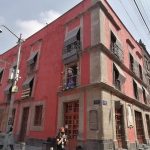
One of the Center City's most important cultural centers with a small fascinating museum...
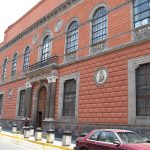
La primera Academia y Museo de Bellas Artes de las Américas.

La antigua iglesia y convento de Santa Inés ofrece una animada competencia en una calle del centro de la ciudad.
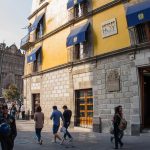
Un museo dedicado a una de las instituciones más antiguas del hemisferio y a su trayectoria en la Ciudad de México.

Uno de los principales museos de arte del país, la SHCP resultó solo del pago de impuestos - ¡en arte!